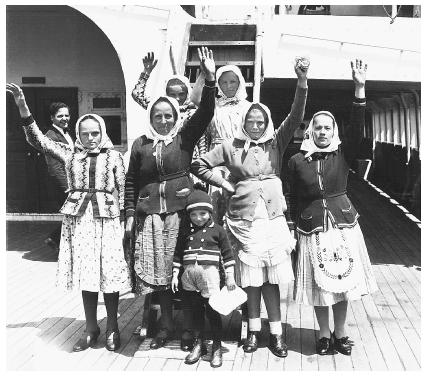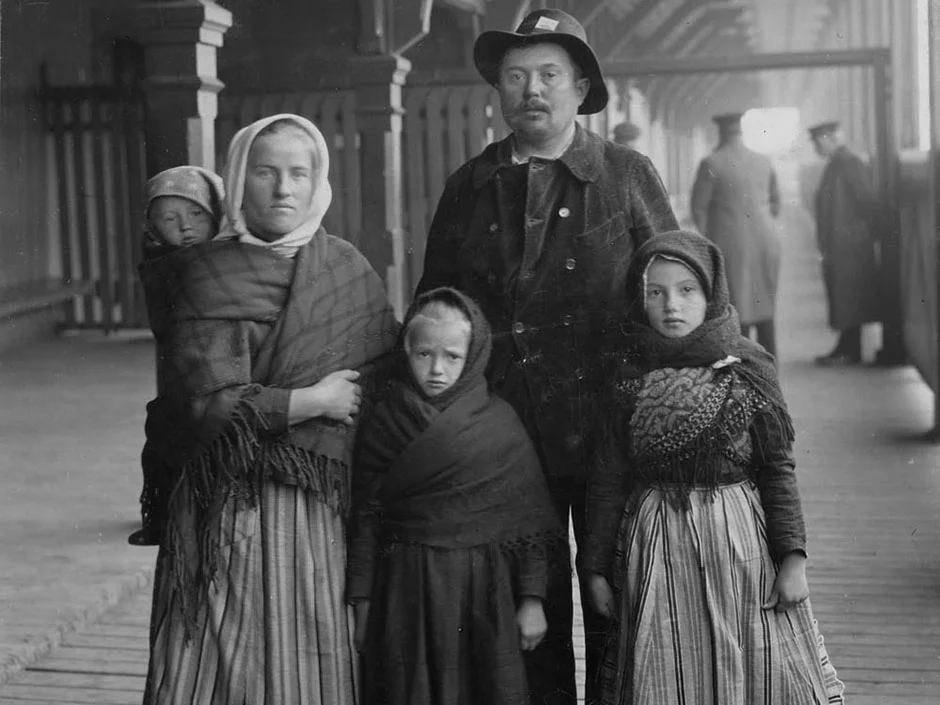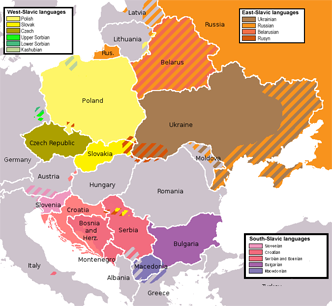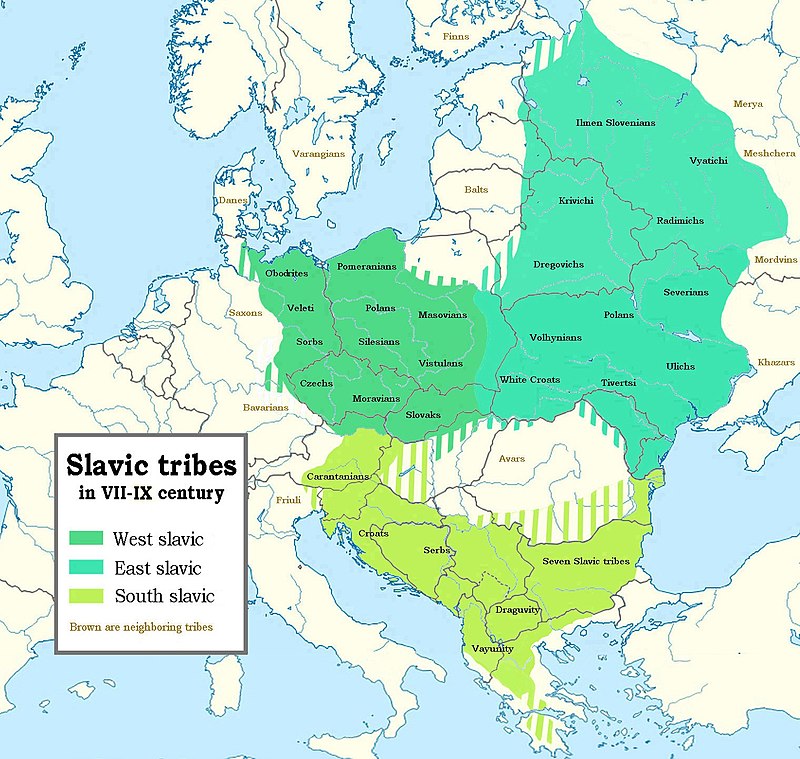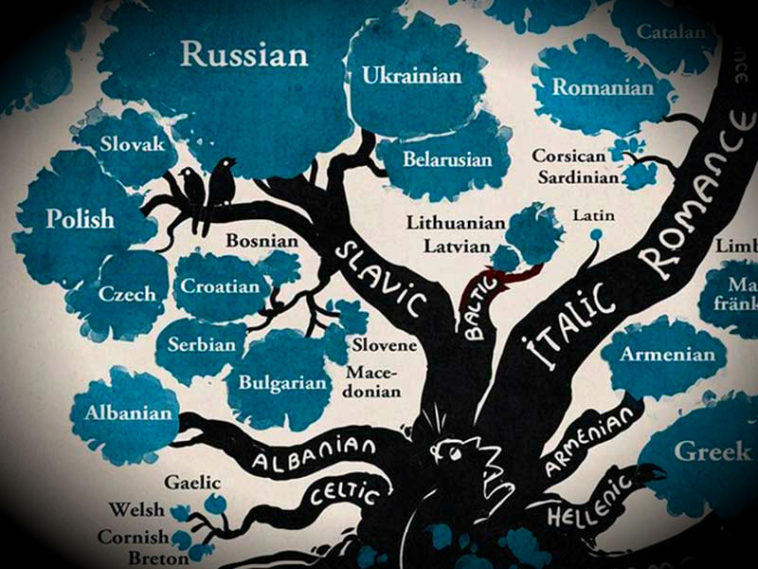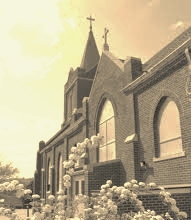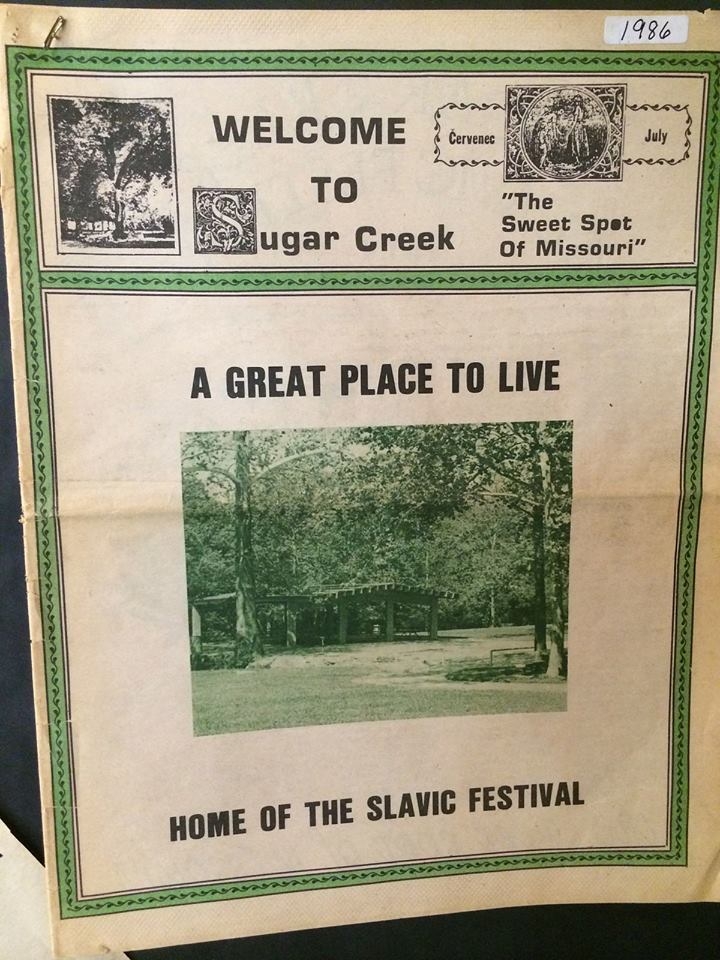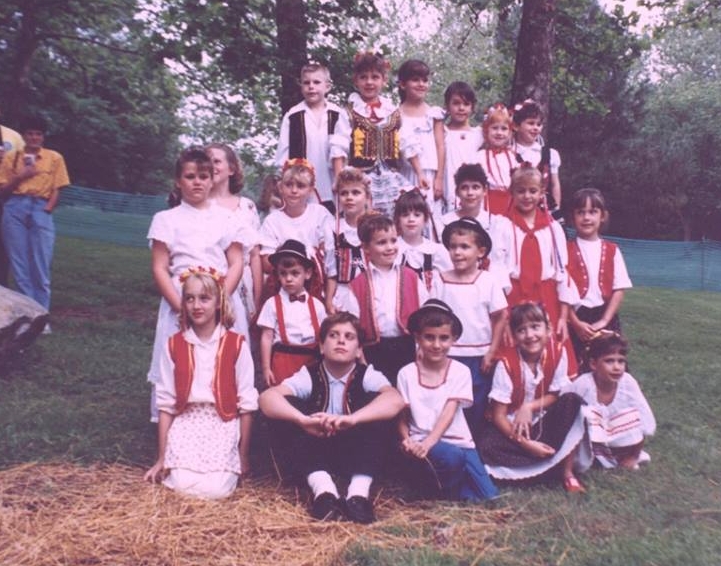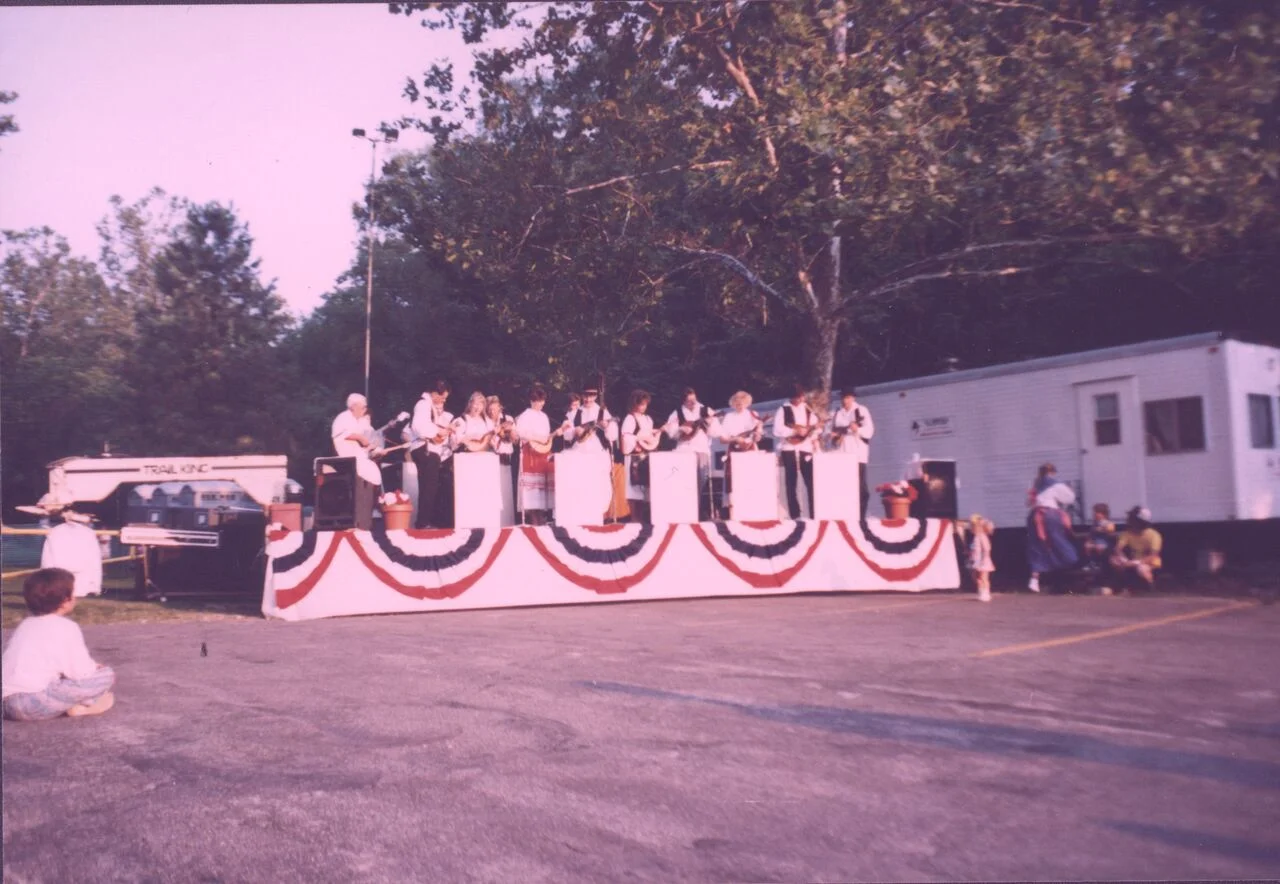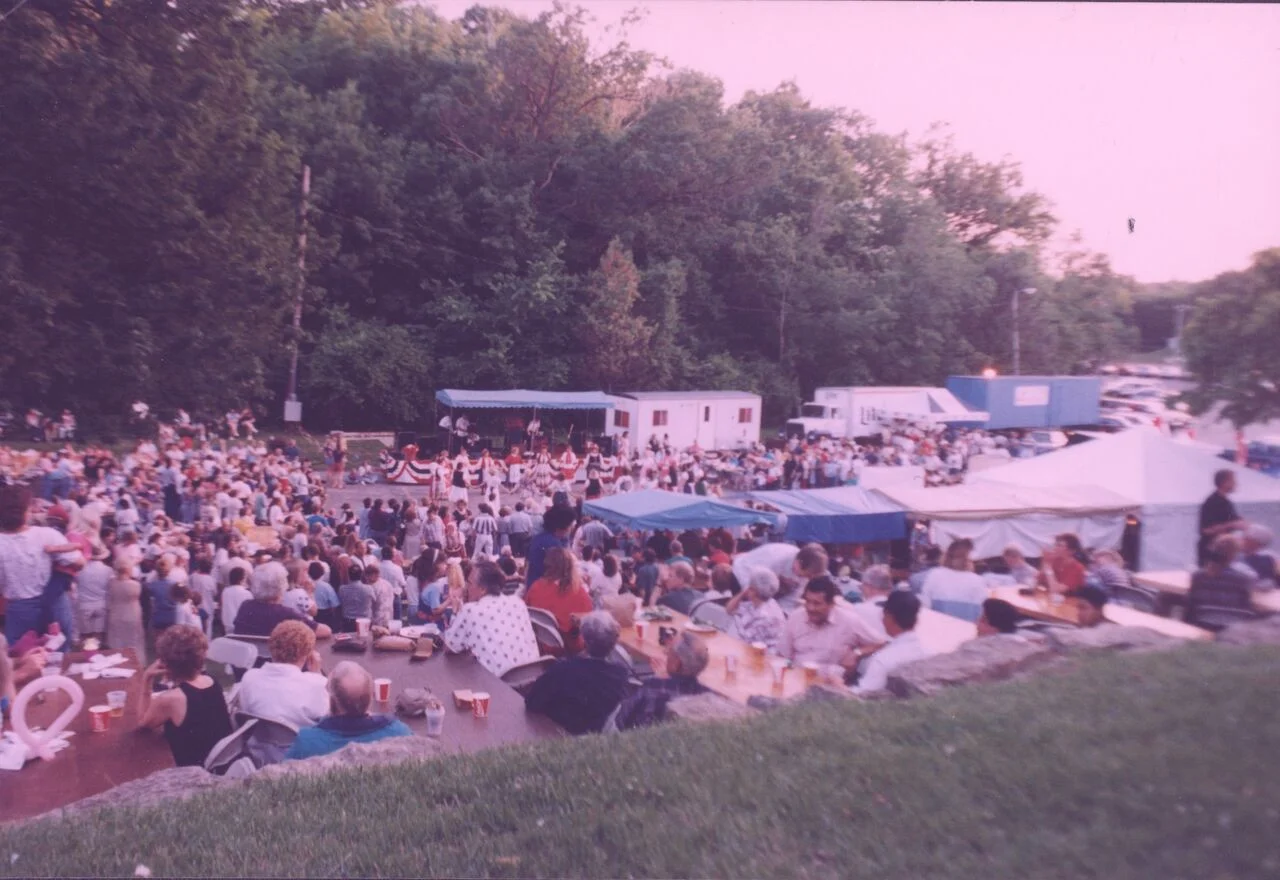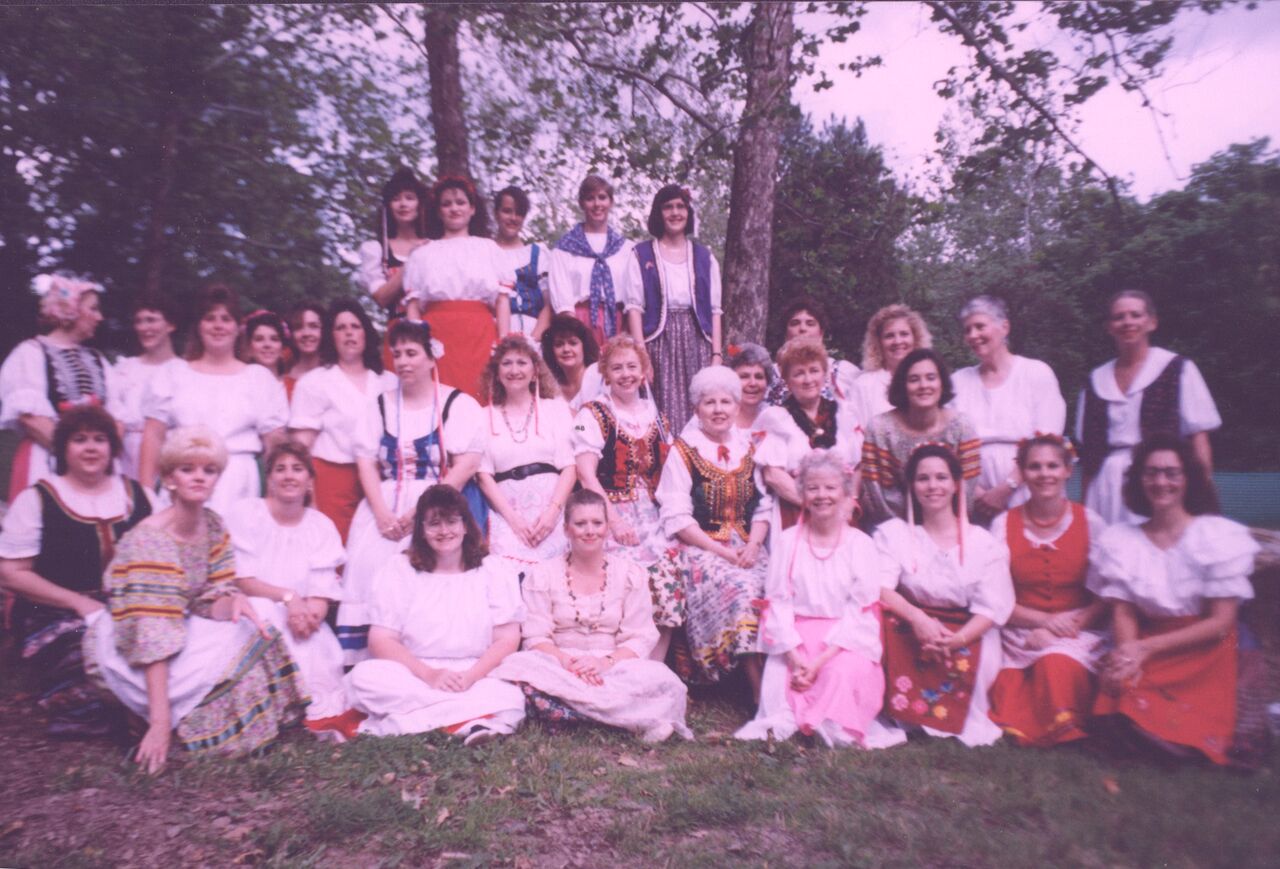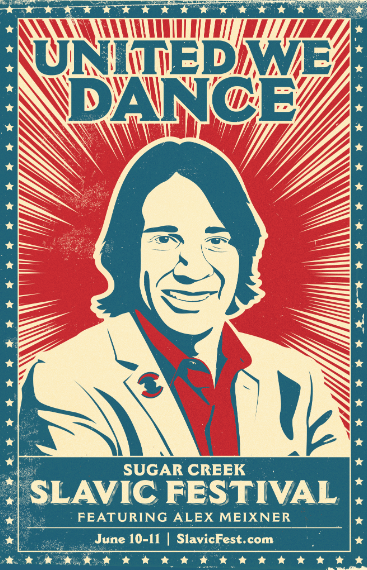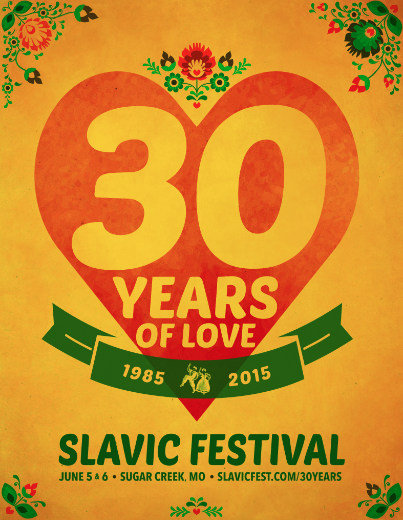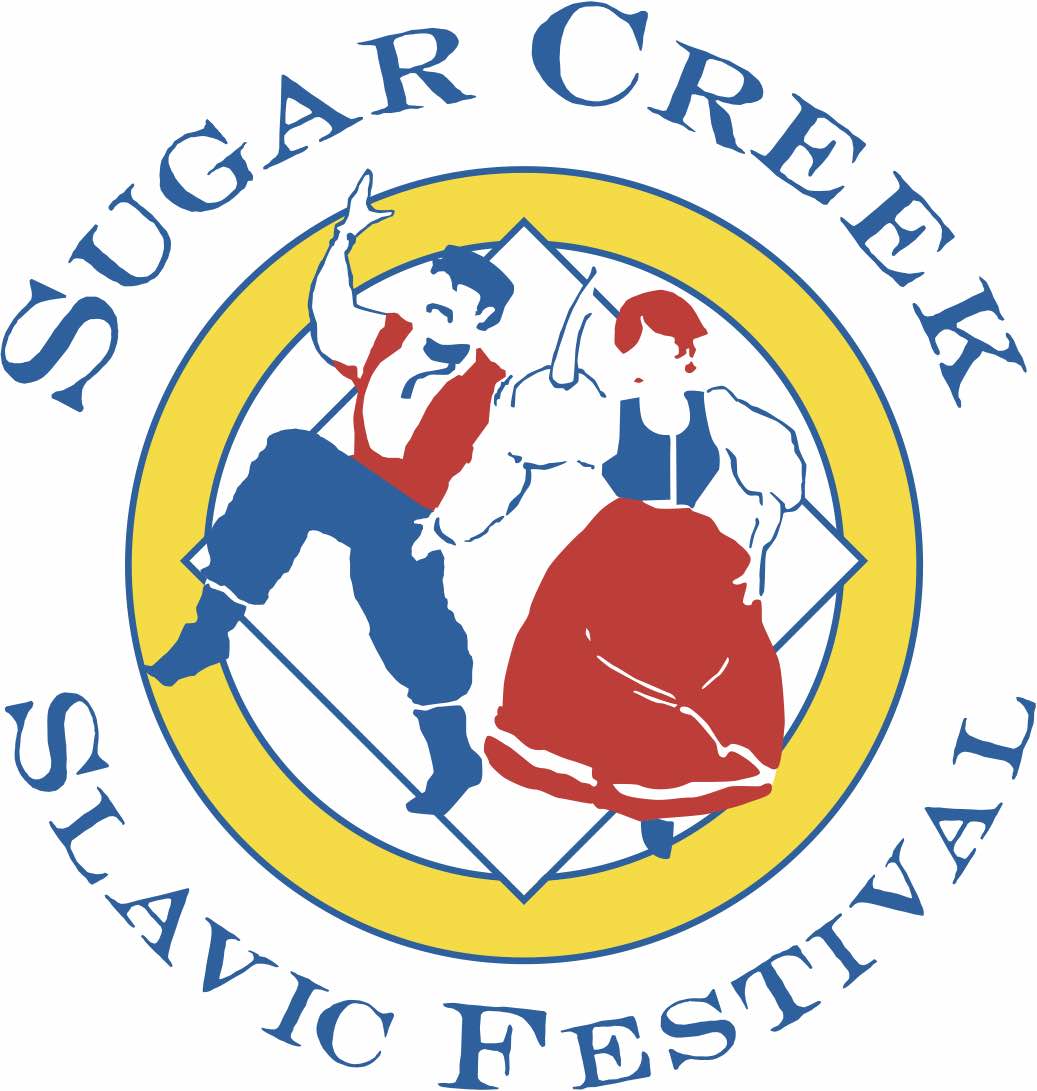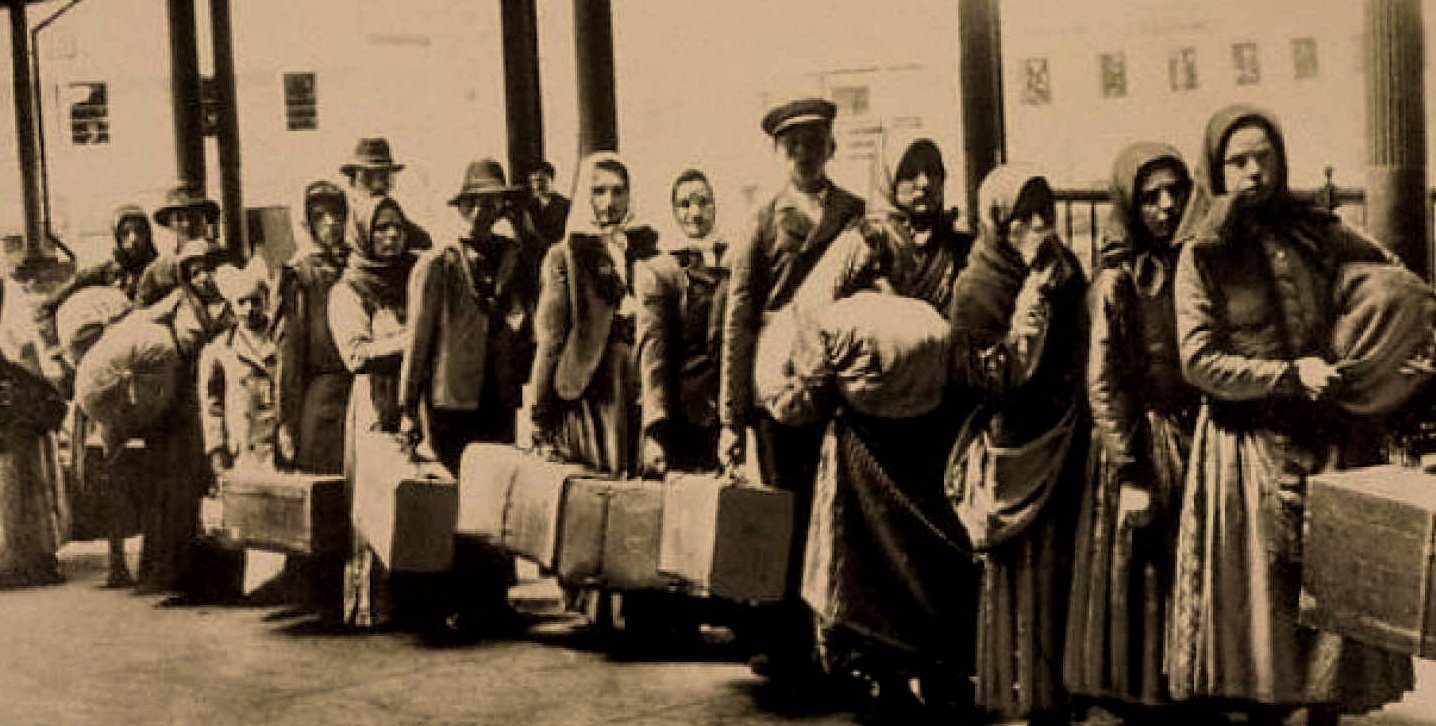
Coming To America.
In the late 1800s and early 1900s political and economic tension triggered a wave of immigration to the United States from the Slavic nations of Eastern Europe. These hard working people came to form settlements in cities and neighborhoods, like Sugar Creek, where jobs and the chance to achieve the American Dream welcomed their arrival. Today, millions of Americans trace their family heritage to Slavic nations. Celebrations, like the Sugar Creek Slavic Festival, remind us of those roots and the sacrifices made by those who came before us seeking a better life.
History of the Slavic people
The early Slavs came from Indo-European lands, spreading from various parts of Asia into Eastern Europe around 2000 BC. Under the pressure of nomadic hordes the Slavic tribes crossed the Carpathian Mountains and pushed their way down to the Balkans. Others moved westward toward the upper Danube, and still others eastward toward the River Dniper and Black Sea. This migration continued from the fourth through the eighth century, giving birth to the Slavic nations that we know today.
For many centuries, Slavic tribes used the same common language. Starting with the migration into Eastern Europe, dialectical differences began to develop among the tribes. Generally, linguists divide the Slavs into three main groups:
Western Slavs - Czechs, Slovaks, Lusitian Serbs and Poles.
Southern Slavs - Serbs, Croats, Slovenians, Macedonians and Bulgarians.
Eastern Slavs - subdivided into three separate branches: Russians (or Muscovites), White (or Bielo-Russians) and Rusyns (or Ukrainian)
Sugar Creek’s Slavic heritage
Slavic immigrants came to America looking for work and way to improve their lives. The industrial expansion that was sweeping across the United States provide this very opportunity. In the early 1900s, a settlement was forming around a new Standard Oil refinery, located on the banks of the Missouri River in Sugar Creek, Missouri. For many Slavic families, this brought the promise of the American Dream – the chance to work, provide a good education for their children and practice the religion of their choice. As word spread, Slovaks, Czechs, Hungarians, Croatians, Serbians, Slovenes, and Poles left their homeland to come to Sugar Creek and Strawberry Hill in Kansas City, Kansas.
The journey was not easy. Often times, men came alone to work, build homes and save enough money to send for their families. A common language and a shared longing for home brought these new residents together, forming a close-knit community. And by 1920, the City of Sugar Creek was born and families settled into their new life in America.
The new town of Sugar Creek reminded residents of home, with rolling hills, open spaces and a climate similar to their Slavic homeland. It was the perfect setting to build on the strong traditions that they shared.
Working weekends and after hours, the community built a new church, digging the foundation by hand and laying each brick. In 1926, St. Cyril’s Parish was dedicated – named after the patron saint of the Slavic people.
Slavic customs were also shared through celebration. Special meals were prepared at Christmas and Easter using traditional Slavic ingredients. Traditions were also shared at weddings and baptisms. Wedding celebrations could last for days, with the community coming together to prepare the wedding feast, dance to traditional Slavic music and share their gifts.
Keeping the heritage alive
Throughout the generations, the Slavic heritage in Sugar Creek was passed down through folk dance classes, Polka dances and other community events. In 1969, the Sugar Creek Tamburitzans began, introducing music and dance to a whole new generation. For nearly a decade, the group performed across the nation and continues to share its musical history with an annual performance at the Sugar Creek Slavic Festival.
In the 1970’s, St. Cyril’s Parish hosted the Folk Festival. This successful event shared Slavic music, food and dance with visitors from across the metropolitan area – including the thriving Slavic communities of Kansas City, Kansas. The Folk Festival grew beyond the ability of St. Cyril's Parish to handle and it ended in the mid-1970's
In 1986, civic groups in Sugar Creek banded together with the help of St. Cyril's Parish to rekindle the spirit of the Folk Festival. In a one day event, on July 4, 1986 the Sugar Creek Slavic Festival was born. Soon, the Sugar Creek Fair & Festival Board was formed as a non-profit to coordinate the Slavic Festival, with the goal of using proceeds to benefit the community.
Today, the Sugar Creek Slavic Festival brings groups together from across the Kansas City area to highlight their Slavic heritage. From generation-to-generation, the history and tradition of Sugar Creek’s Slavic heritage has remained strong. Now in it's 30th year, the Slavic Festival is a premier celebration of Slavic culture, attracting thousands of visitors each year.

